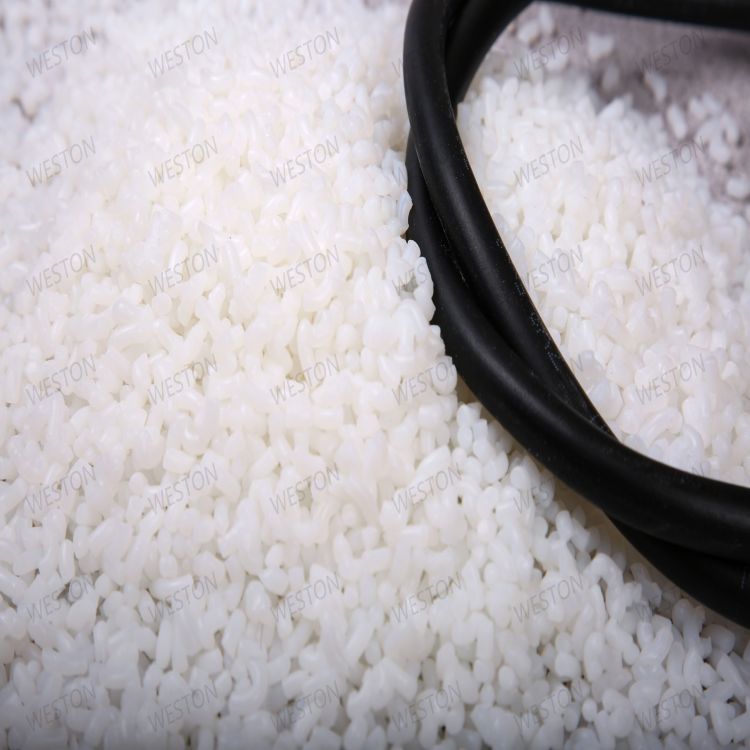-
Categories
-
Pharmaceutical Intermediates
-
Active Pharmaceutical Ingredients
-
Food Additives
- Industrial Coatings
- Agrochemicals
- Dyes and Pigments
- Surfactant
- Flavors and Fragrances
- Chemical Reagents
- Catalyst and Auxiliary
- Natural Products
- Inorganic Chemistry
-
Organic Chemistry
-
Biochemical Engineering
- Analytical Chemistry
- Cosmetic Ingredient
-
Pharmaceutical Intermediates
Promotion
ECHEMI Mall
Wholesale
Weekly Price
Exhibition
News
-
Trade Service
(4) Instruments and equipment
(1) Inductively coupled plasma emission spectrometer and general laboratory instruments and corresponding auxiliary equipment
Working conditions: When a general-purpose gas atomizer is used for the general instrument, the working parameters of multiple elements are measured at the same time, see Table 5-18
Table 5-18 Range of Compromise Values of Work Reference
(2) Graphite digestion instrument
(5) Collection of samples
(1) All sampling containers should be washed with detergent, acid and reagent water in order in advance.
(2) The water sample must be acidified with nitric acid to pH<2
(3) When analyzing soluble arsenic in the sample, refrigeration is not required, but it should be stored away from light, and the temperature should not exceed room temperature
(4) Silver standard stock solutions and samples should be stored in brown bottles and placed in a dark place
(6) Interference elimination and correction
1.
The interference that ICP-AES usually exists can be roughly divided into two categories: one is spectral interference, which mainly includes continuous background and spectral line overlap interference; the other is non-spectral interference, which mainly includes chemical interference, ionization interference, physical interference, and de-interference.
Physical interference is generally caused by the viscosity and surface tension of the sample, especially when the sample contains a large amount of soluble salt or the sample is too acidic, it will interfere with the measurement
Optimizing the experimental conditions to select the best working parameters can undoubtedly reduce the interference effect of the ICP-AES method.
2.
There are many methods for correcting interference between elements.







